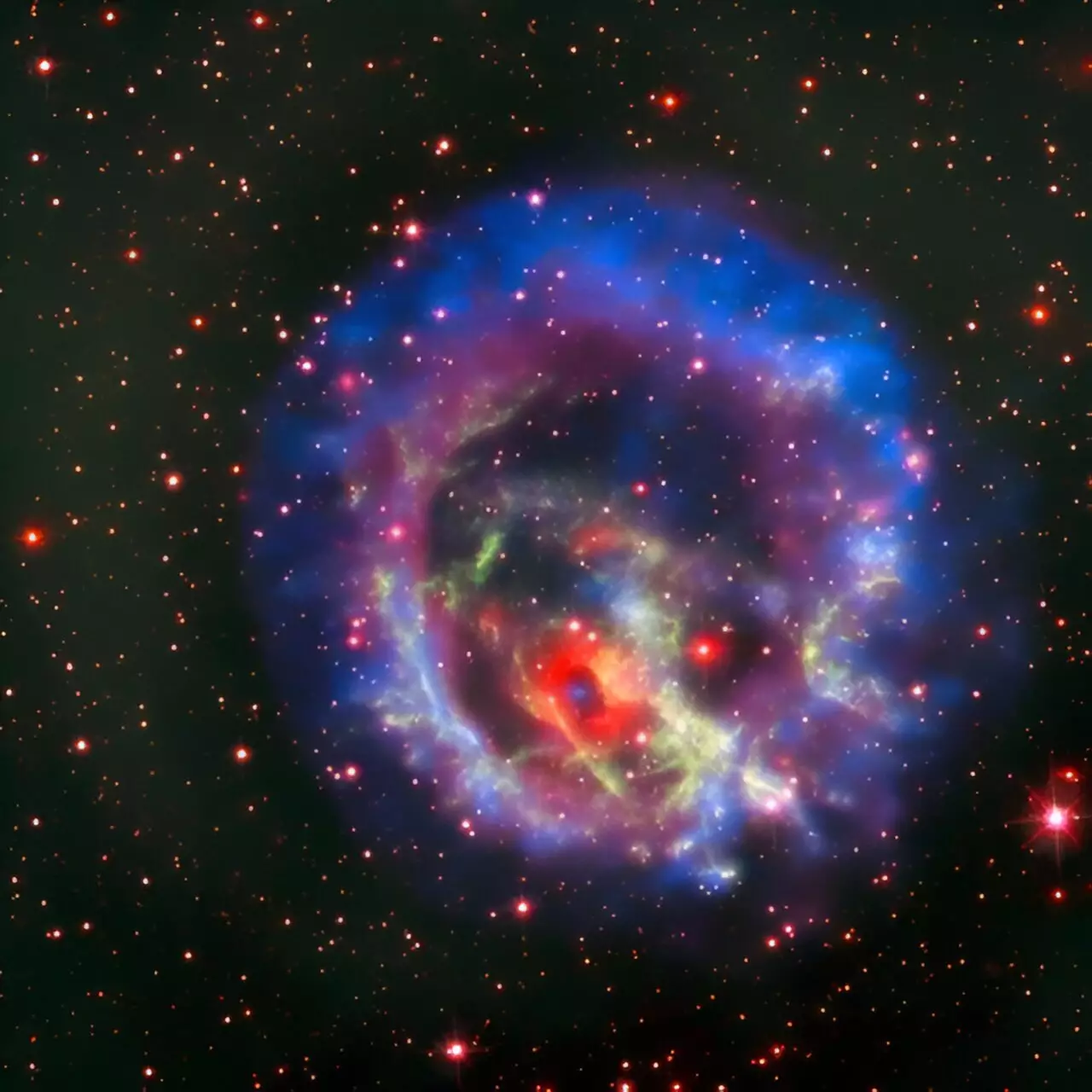The quest to decode the fundamental aspects of the universe is one of the most captivating challenges in modern physics. Recent theoretical developments, particularly those arising from an analysis by Hidetoshi Taya of the RIKEN Interdisciplinary Theoretical and Mathematical Sciences Program, illustrate the potential to recreate ancient phases of matter from the universe’s infancy. Through laboratory experiments designed to collide heavy ions at intermediate energies, physicists aim to create high-density plasma composed of quarks and gluons. Understanding this state of matter could offer insights into both the early universe and high-energy cosmic phenomena, such as neutron stars and supernovae.
While theoretical expectations imply that such plasma can form under extreme thermal and density conditions, the exact nature of this matter remains shrouded in uncertainties. Taya emphasizes that “huge theoretical uncertainties exist, especially at ultrahigh densities,” underscoring the need for experimental validation. Therefore, going from theoretical postulations to observable outcomes invites a critical examination of ongoing experimental efforts in collider physics.
Traditionally, experiments in high-energy physics have concentrated on creating extreme temperatures through heavy-ion collisions. However, the new emphasis on intermediate energies marks a significant paradigm shift that aligns with the urgent need to explore plasma states akin to those experienced in primordial cosmic conditions. By generating high-density plasmas, physicists are not merely trying to replicate the universe’s beginning; they are laying the groundwork for hypothesis-driven research that could lead to groundbreaking discoveries.
This new phase in research aligns with the principles laid out in the Standard Model of particle physics, yet extends beyond its boundaries. The journey of particle physics has always been marked by adapting to new findings, and the exploration of these intermediate energy domains promises to reveal phenomena that, hitherto, have remained elusive.
The research led by Taya unveils a fascinating parallel: the production of ultrastrong electromagnetic fields as a consequence of heavy-ion collisions. This revelation could represent a remarkable opportunity to access a realm of physics that has been largely theoretical until now. Taya’s earlier investigations into intense lasers, which create fields comparable to a hundred trillion light-emitting diodes, underscores the magnitude of this new prospect. However, even these impressive laser-generated fields pale in comparison to the stronger fields potentially yielded from collision experiments.
The implications of these ultrastrong electromagnetic fields are profound. If they can be generated, physicists expect to witness novel physical phenomena that challenge existing paradigms and stimulate further inquiry into fundamental interactions and forces within particle physics. Yet, it is crucial to understand that while the fields may be produced, direct measurements remain elusive—scientists will only be able to glean data from the particles created during the collisions.
The complexity inherent in capturing the effects of these strong electromagnetic fields introduces a level of challenge that cannot be overstated. As Taya notes, “To really test our prediction, it’s crucial to understand how the strong electromagnetic fields affect the observable particles.” This necessity highlights the intricate dance between theoretical analysis and empirical validation. It also emphasizes the importance of developing advanced detectors and methodologies capable of interpreting and analyzing the resultant collision data effectively.
Moreover, this endeavor beckons the collaboration of theoretical physicists and experimentalists working in tandem to refine our understanding of how strong-field effects manifest in observable outcomes. As research advances, the interplay between theory and experiment becomes essential, guiding physicists through uncharted territories of particle behavior under extreme conditions.
The efforts to recreate early universe conditions through high-density plasma research represent a groundbreaking intersection of theoretical promise and experimental inquiry. The investigation into ultrastrong electromagnetic fields serves not only to enhance our understanding of matter under extreme conditions but may ultimately lead to the unveiling of new physical laws that deepen our comprehension of the universe’s mysteries. As scientists prepare to embark on these experimental journeys, the anticipation for what lies ahead in high-energy physics has never been greater.


Leave a Reply